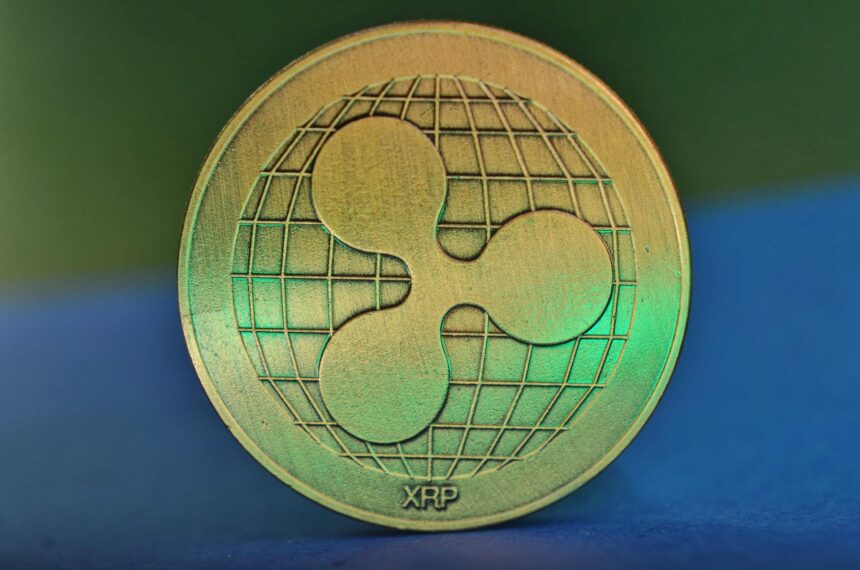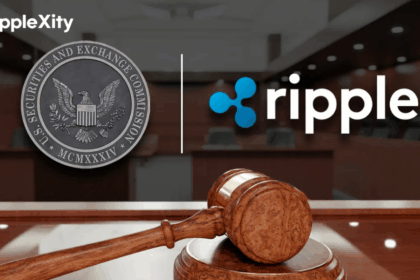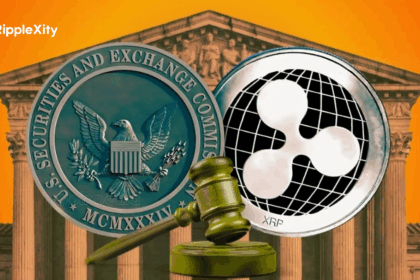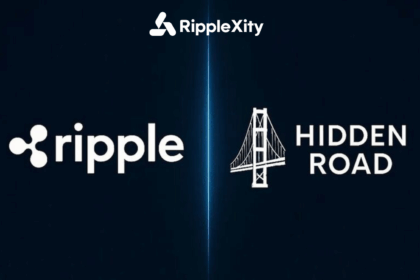In today’s interconnected world, moving money across borders should be as simple as sending an email — fast, cheap, and seamless.
Yet, traditional banking systems are often slow, expensive, and burdened by intermediaries.
This is where Ripple is making a game-changing impact.
Ripple’s blockchain technology, powered by the XRP Ledger (XRPL), enables financial institutions to settle cross-border payments in seconds with extremely low fees.
Unlike Bitcoin or Ethereum, which focus heavily on decentralized finance and smart contracts, Ripple’s mission is clear: revolutionize global payments.
Key Advantages of Ripple:
- ⚡ Speed: Transactions settle in 3-5 seconds.
- 🏦 Cost Efficiency: Transaction fees are fractions of a cent.
- 🔒 Security: The XRPL is decentralized and secured by a network of validators.
- 🌐 Scalability: Handles 1,500+ transactions per second.
Major banks, payment providers, and even central banks are exploring or already integrating Ripple’s solutions through RippleNet and ODL (On-Demand Liquidity).
As blockchain adoption grows, Ripple stands out by focusing on real-world use cases rather than hype — proving that blockchain isn’t just about speculation, but solving trillion-dollar inefficiencies.
At Ripplexity, we’ll keep bringing you the latest updates as Ripple continues reshaping the financial world — one transaction at a time. 🚀









